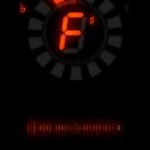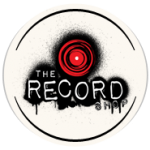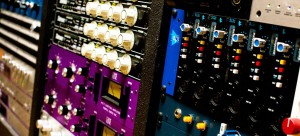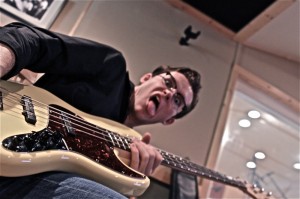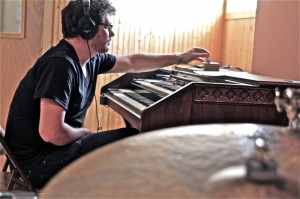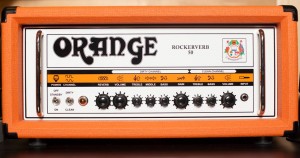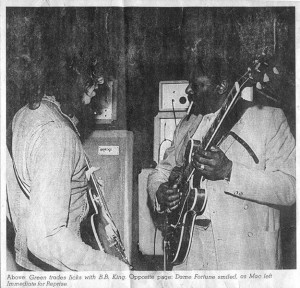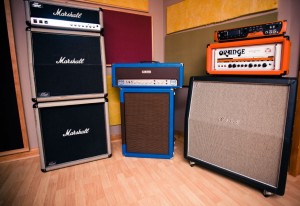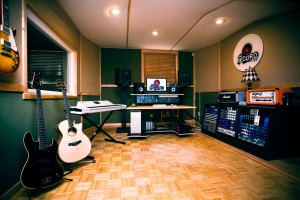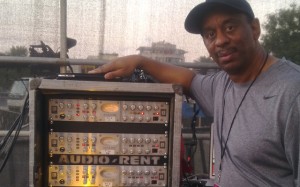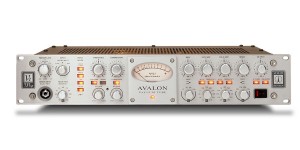A charity event or concert can be a great way to land that first live gig as a new artist or band. Charities are usually happy to have artists give their time for live performances at their events as it enhances the overall value and excitement of an event. As a musician there are many benefits in performing at charity events. These can include expanding your fan base, providing you exposure to new industry professionals, getting performance experience, and having a fun and rewarding way to give back to the community.
Supporting Great Causes as a Musician
Hosting a charity concert or donating album sales to charity by using a program like Reverbnation’s Music for Good will often get you the attention and support of local press and media. Charities such as United Way, Habitat for Humanity and the American Cancer Society will often host events which draw large crowds. A simple Google search can lead you to a whole directory of charities in your local area. From there you are only a phone call or email away from getting booked at a charity event. If you don’t get the gig don’t fret. The organization now knows who you are and that you want to help them, which may lead to you being one of the first artists they call when they put on their next event!
Music for Good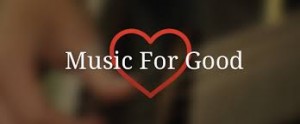
Reverbnation is a great site to be a part of as a new artist because it allows your music to be easily accessible by fans and it allows you to be part of the massive online Reverbnation music community. Music for Good is a charity donation program offered by Reverbnation. It allows artists to give a portion of money made from each song to a charity of the artist’s choice. Artists have the opportunity to select the portion of money that is donated from each song purchased, as well as the specific songs they want to be part of the program.
FanDistro Project 
FanDistro is way to help charities and reward your fans at the same time. By creating a project page and sending it to your fans they can then share your music or purchase your songs. If they do then they are rewarded with free merchandise and 20% of the sales go a charity in the fan’s name.




